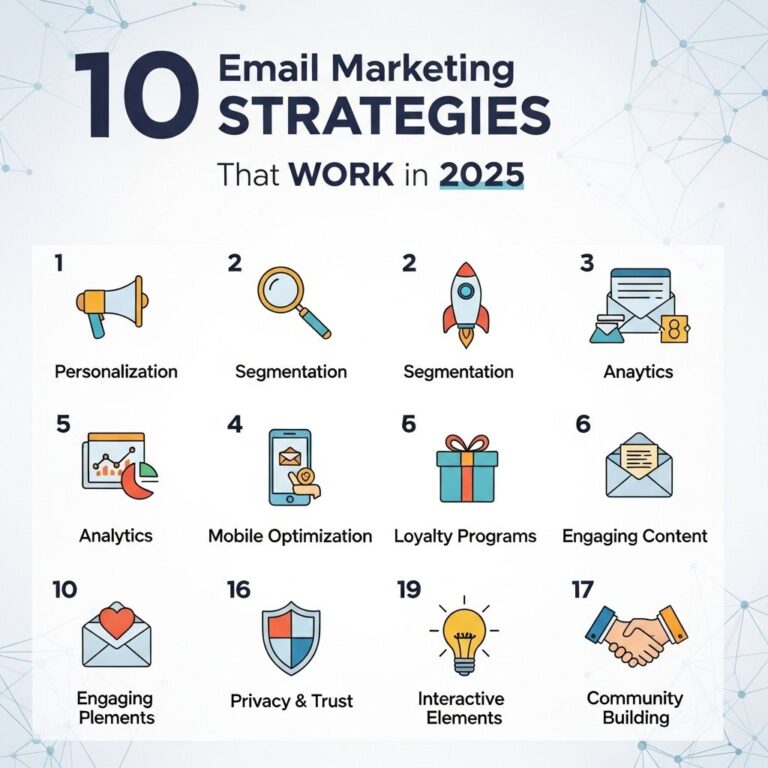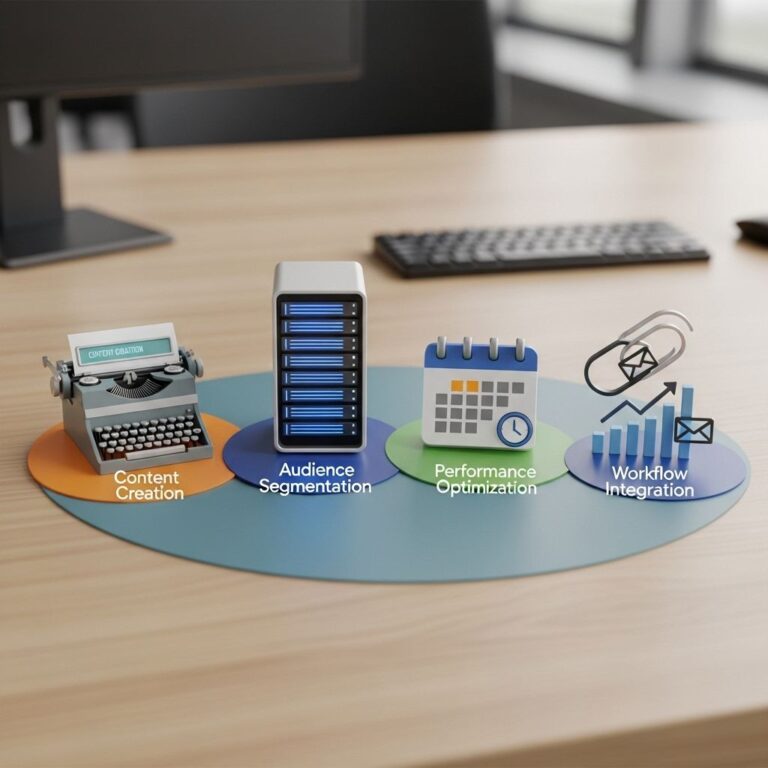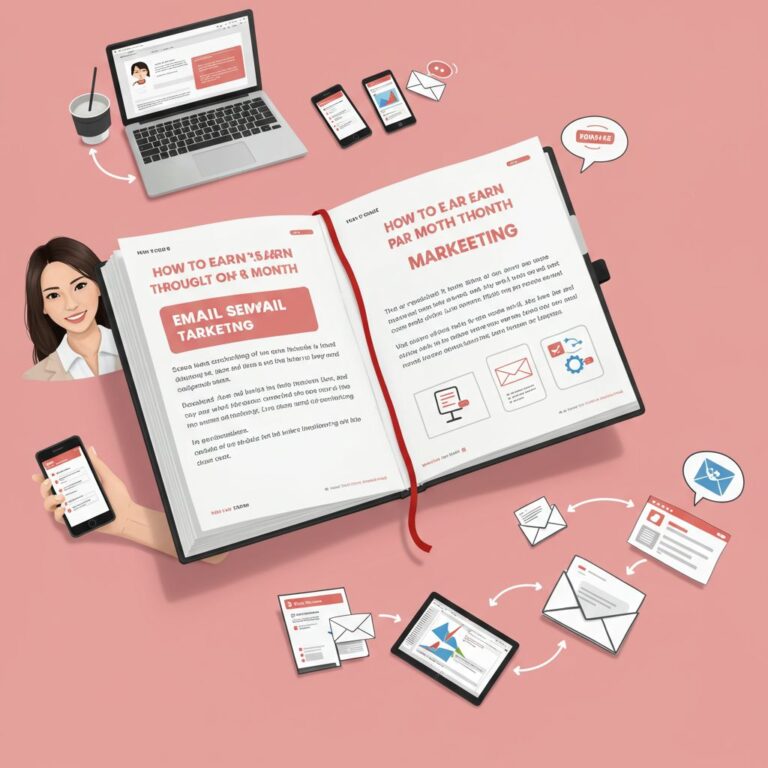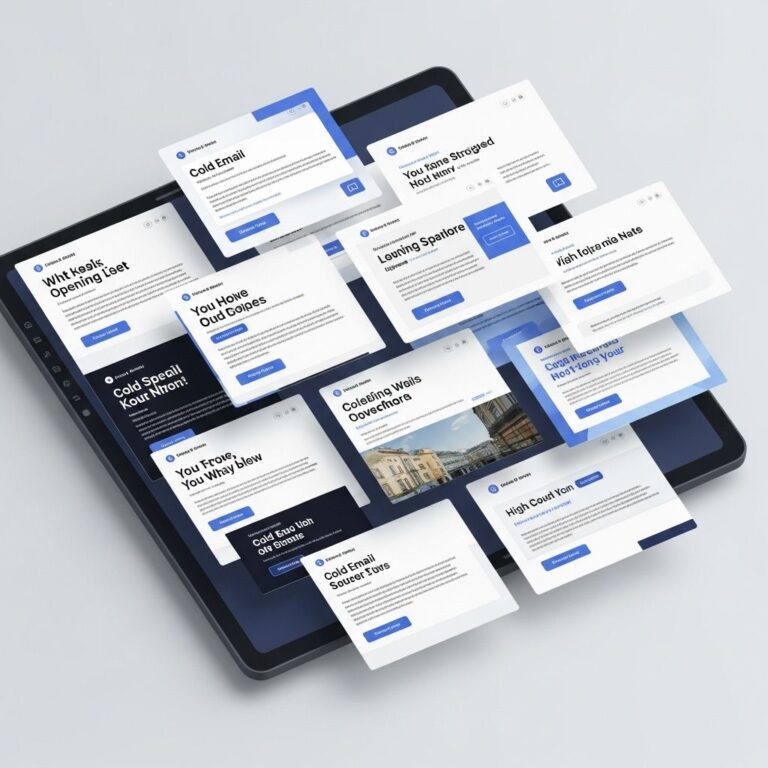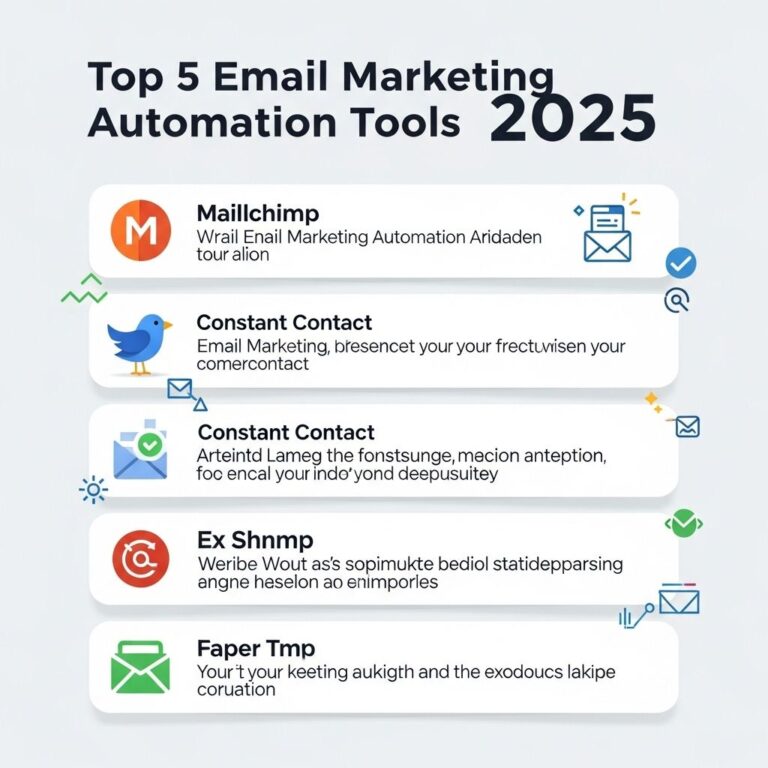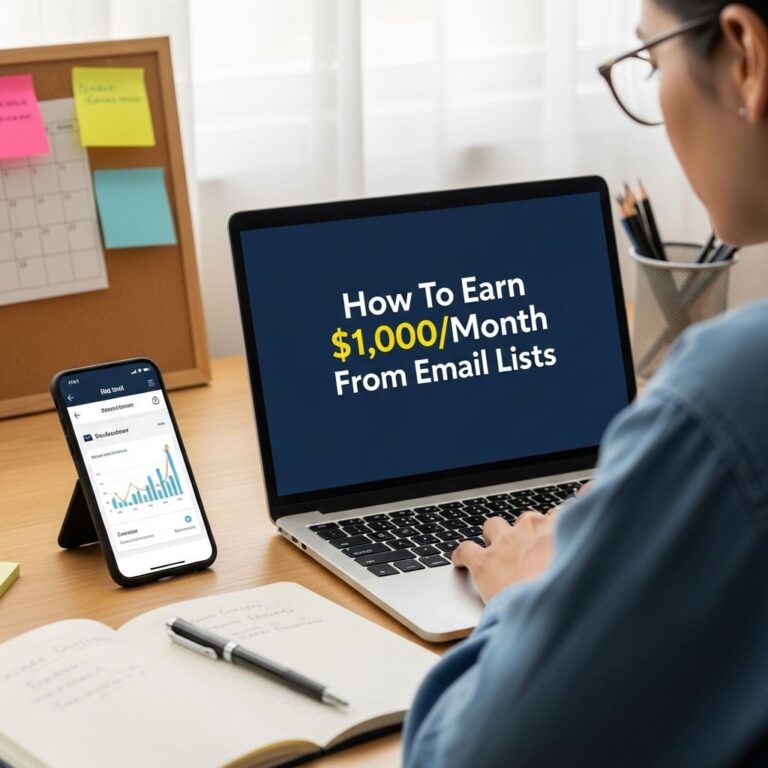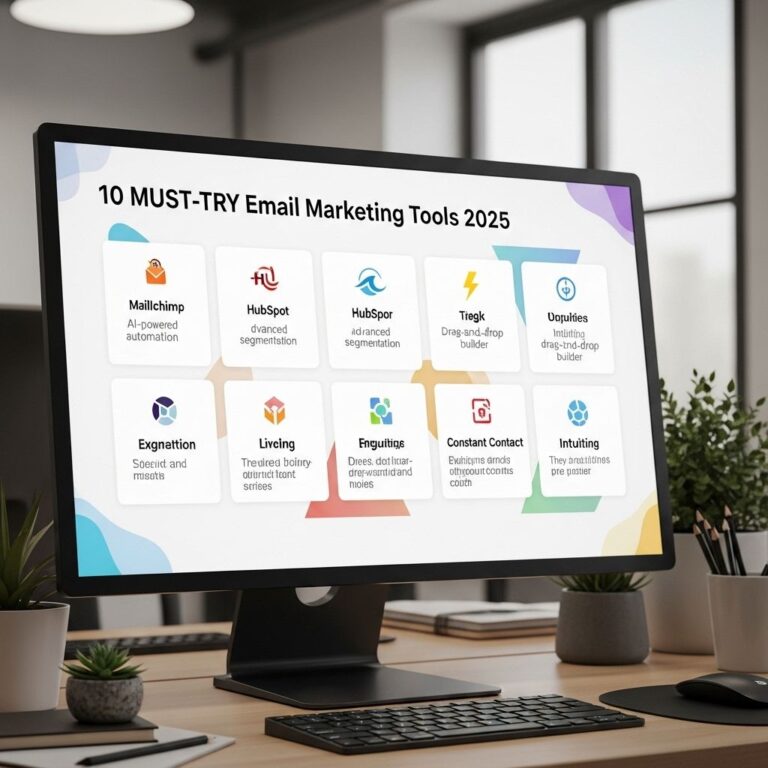Email marketing has evolved into one of the most effective strategies for boosting B2B sales. In a world increasingly dominated by digital communication, businesses can leverage email as a powerful tool to engage prospects, nurture leads, and convert them into loyal customers. With a well-crafted email strategy, organizations can reach a targeted audience, deliver personalized content, and ultimately drive sales growth.
Table of Contents
Understanding the B2B Email Landscape
The B2B email marketing landscape presents unique challenges and opportunities. Unlike B2C marketing, B2B communications require a deeper understanding of the audience’s needs, preferences, and pain points. Emails in the B2B space often involve multiple decision-makers and a longer sales cycle.
Key Characteristics of B2B Email Marketing
- Longer Decision-Making Process: B2B purchases typically involve higher stakes and more stakeholders.
- Focus on Relationships: Building relationships is crucial for long-term success.
- Targeted Content: Providing relevant, valuable content is essential to engaging decision-makers.
Strategies for Effective B2B Email Marketing
Utilizing effective strategies can significantly enhance the performance of email campaigns. Here are some proven methods to consider:
1. Build a Quality Email List
The foundation of any successful email campaign lies in a well-maintained email list. Focus on quality over quantity by employing the following tactics:
- Lead Magnets: Offer valuable resources such as whitepapers, eBooks, or webinars in exchange for email addresses.
- Opt-in Forms: Include opt-in forms on your website, blog, and social media channels.
- Segmentation: Segment your email list based on criteria such as industry, company size, and buyer stage.
2. Craft Compelling Subject Lines
The subject line is the first impression your email makes. A compelling subject line encourages recipients to open and engage with the content. Consider these tips:
- Be Clear and Concise: Clearly communicate the email’s value proposition.
- Use Actionable Language: Encourage readers to take immediate action.
- Personalization: Incorporate the recipient’s name or company to make it more relevant.
3. Personalize Your Emails
Personalization goes beyond adding a name to the greeting. It involves understanding the recipient’s needs and tailoring content accordingly:
- Dynamic Content: Use dynamic content blocks to display relevant information based on the recipient’s interests.
- Behavioral Triggers: Automate emails based on user behavior, such as opening previous emails or downloading resources.
4. Develop Valuable Content
Ensure that your emails provide value to the recipient. Quality content builds trust and authority. Consider including:
- Educational Resources: Share insights, case studies, and best practices.
- Timely Updates: Offer updates on industry trends or changes in your product or service.
5. Optimize for Mobile
With the increasing use of smartphones, optimizing emails for mobile is crucial. Here are some tips:
- Responsive Design: Use responsive design to ensure emails display well on all devices.
- Short Paragraphs: Keep paragraphs short and easy to read on smaller screens.
Measuring Email Campaign Success
To determine the effectiveness of your email campaigns, it’s essential to track key performance indicators (KPIs). Some important metrics include:
Key Metrics to Monitor
| Metric | Description |
|---|---|
| Open Rate | Percentage of recipients who open the email. |
| Click-Through Rate (CTR) | Percentage of recipients who click on links within the email. |
| Conversion Rate | Percentage of recipients who complete a desired action after clicking through. |
| Unsubscribe Rate | Percentage of recipients who opt out of future communications. |
Analyzing Data
Once you’ve gathered data on your KPIs, analyze it to identify trends and areas for improvement:
- A/B Testing: Experiment with different subject lines, send times, and content to find what works best.
- Feedback Loops: Encourage feedback from recipients to refine your strategy continually.
Utilizing Automation for Enhanced Efficiency
Email automation can streamline your B2B email marketing efforts. By automating certain processes, businesses can save time and focus on strategy:
Benefits of Email Automation
- Time-Saving: Automate repetitive tasks like sending welcome emails or follow-ups.
- Consistency: Ensure timely communication with prospects and customers.
- Personalization at Scale: Automate personalized emails based on user behavior.
Best Practices for B2B Email Campaigns
To ensure your email campaigns are successful, adhere to these best practices:
1. Maintain a Clean List
Regularly clean your email list to remove inactive subscribers and reduce bounce rates.
2. Test and Optimize
Continuously test different aspects of your emails, from design to timing, to optimize performance.
3. Ensure Compliance
Familiarize yourself with regulations such as GDPR and CAN-SPAM to ensure your email marketing practices are compliant.
Conclusion
Boosting B2B sales through email marketing is a strategic process that requires attention to detail, personalized content, and ongoing analysis. By implementing effective strategies and adhering to best practices, businesses can significantly enhance their email marketing efforts, foster relationships with prospects, and ultimately drive sales growth. Remember, the key to success lies in consistently providing value and adapting to the changing needs of your audience.
FAQ
What are effective strategies to boost B2B sales with email?
Effective strategies include personalizing email content, segmenting your audience, using compelling subject lines, and incorporating clear calls to action.
How can I create a targeted email list for B2B sales?
To create a targeted email list, focus on gathering contacts from industry-specific events, networking, and using lead generation tools to capture potential clients’ information.
What type of content should I include in B2B sales emails?
Include informative content such as industry insights, product updates, case studies, and testimonials to engage your audience and demonstrate value.
How often should I send B2B sales emails?
It’s best to send B2B sales emails regularly, but not too frequently—aim for once every 2-4 weeks to maintain engagement without overwhelming your contacts.
What metrics should I track to measure the success of my B2B email campaigns?
Track metrics such as open rates, click-through rates, conversion rates, and unsubscribe rates to evaluate and optimize your email marketing efforts.
How can personalization improve B2B email sales?
Personalization improves B2B email sales by making recipients feel valued, increasing engagement rates, and fostering stronger relationships with potential clients.


